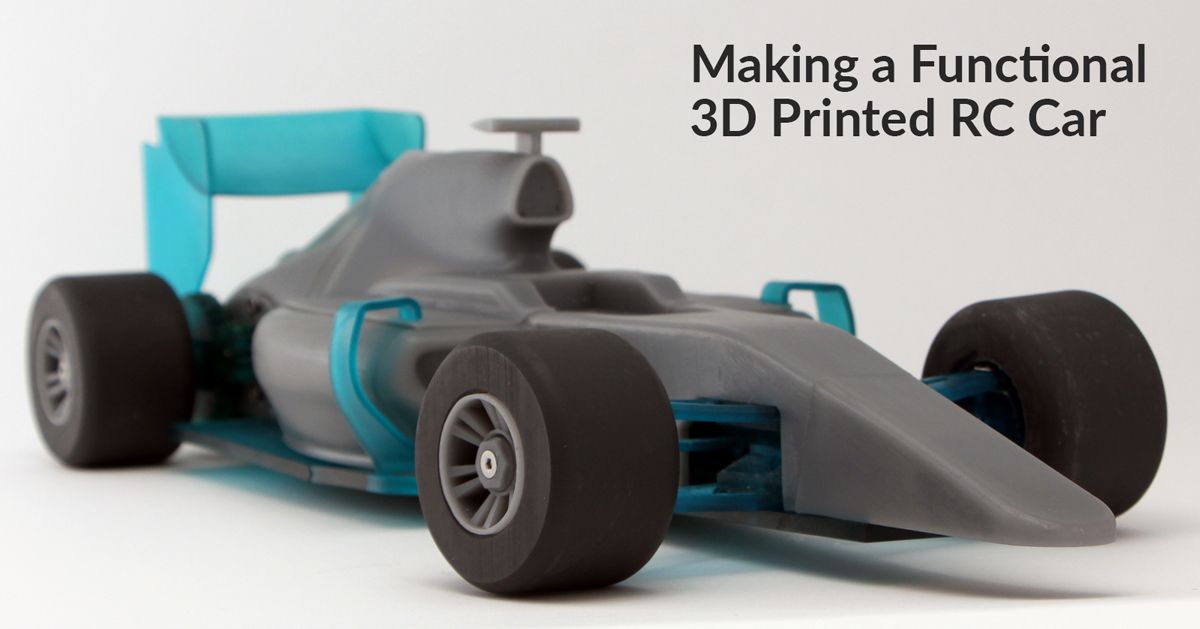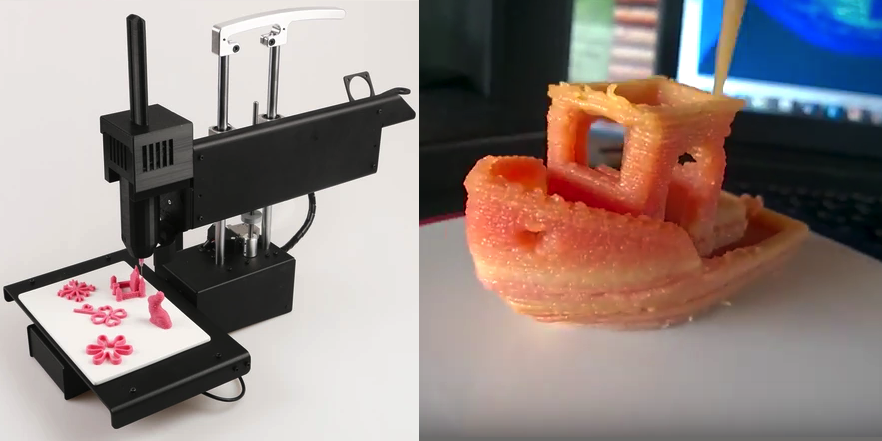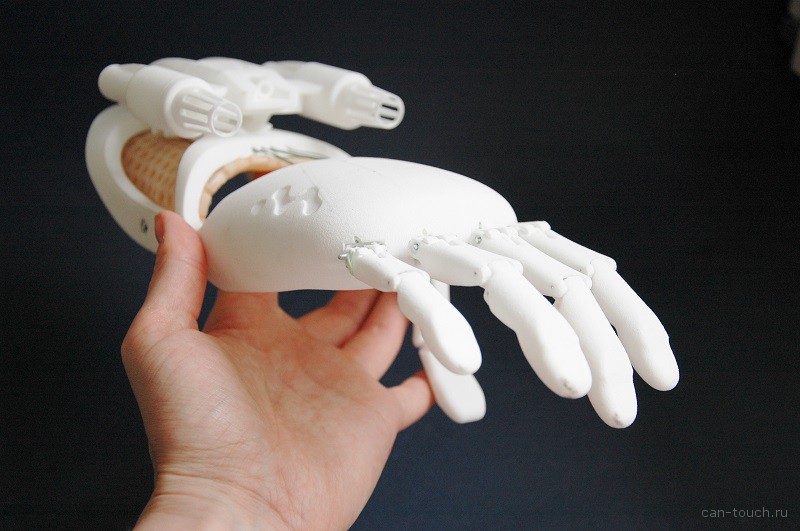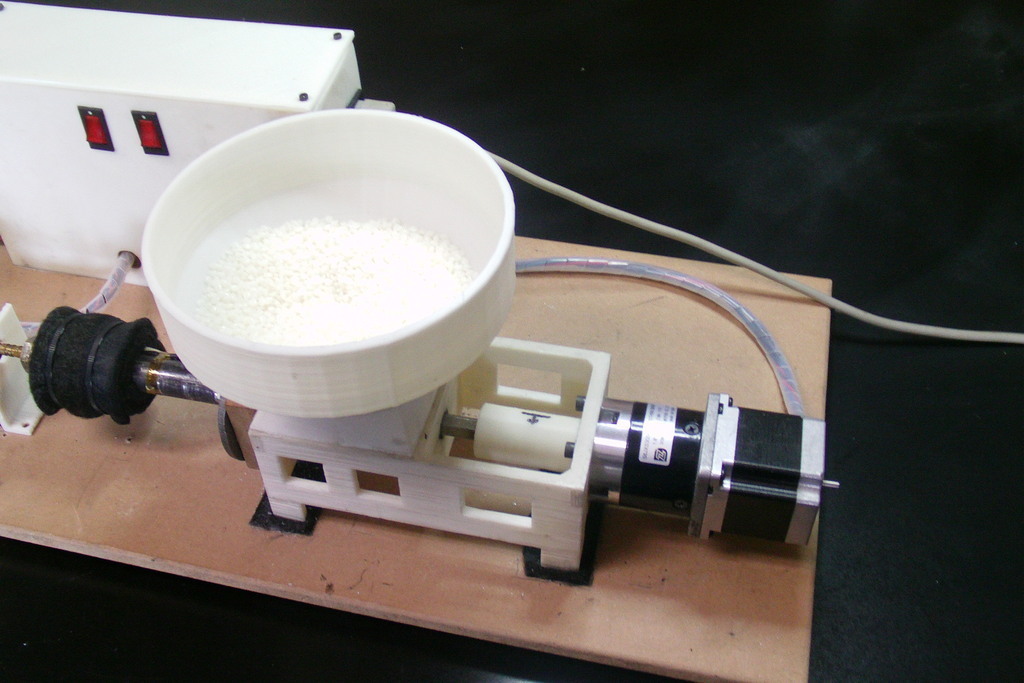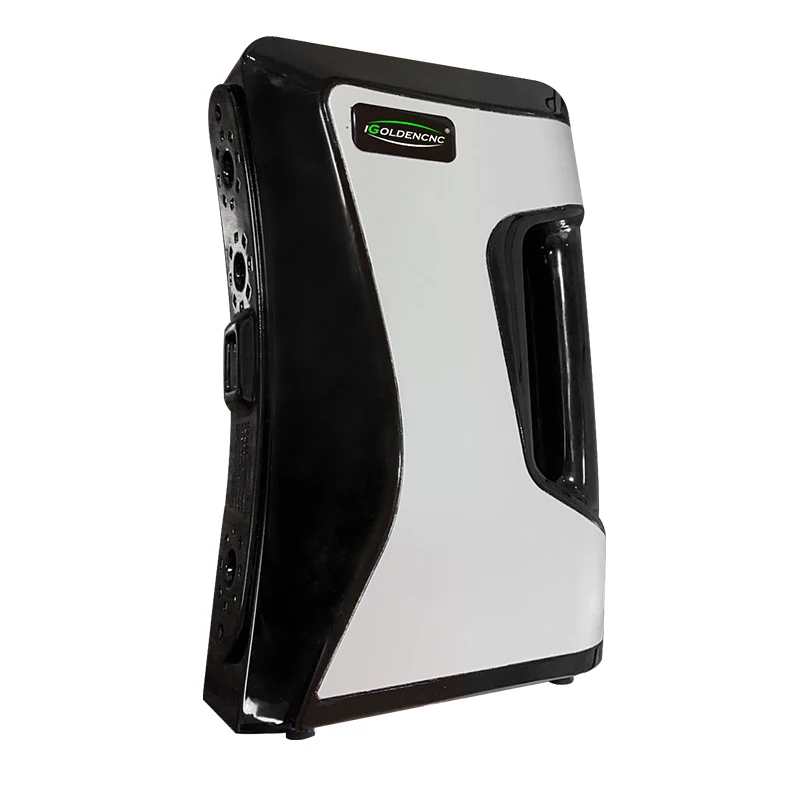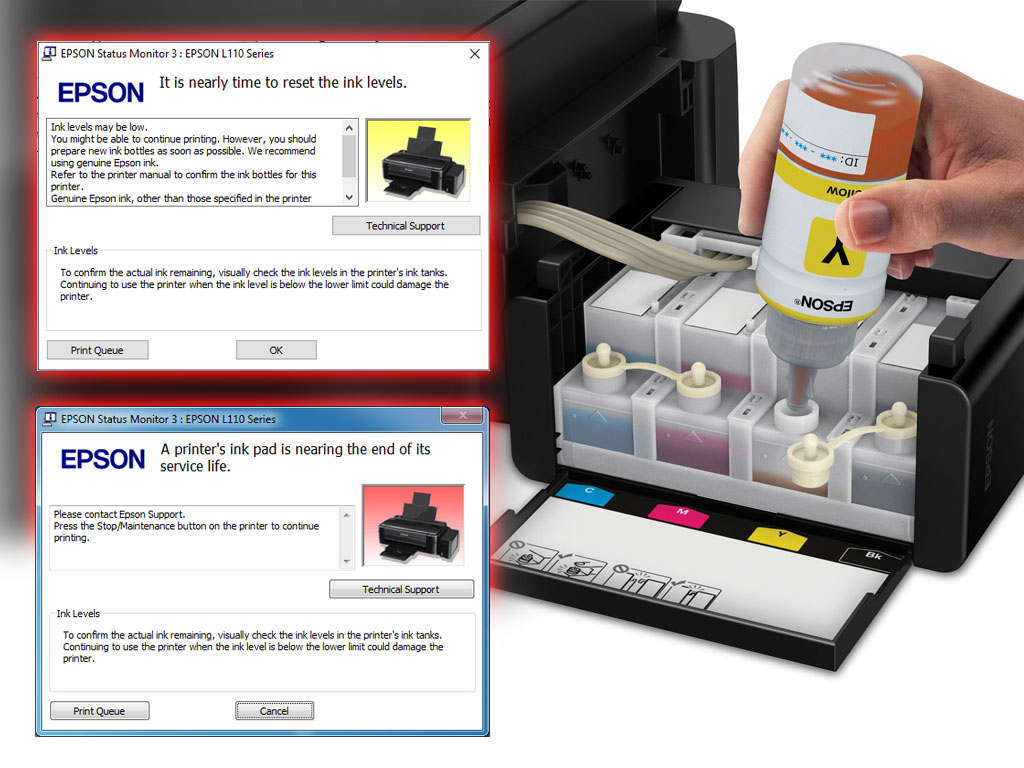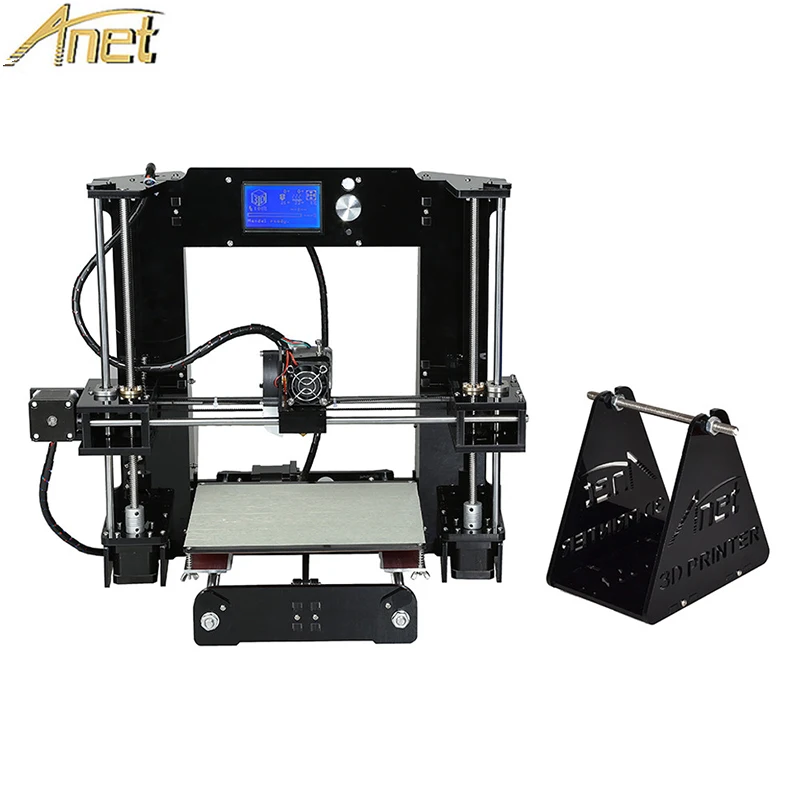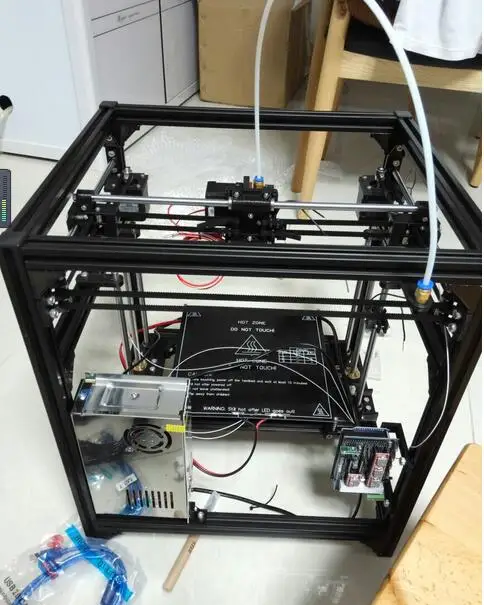Ces 3d printed car
3D Printed Car Is The Only Thing At CES That Promises A Future Worth Living In
You are here: Home / 3D Printing News / 3D Printed Car Is The Only Thing At CES That Promises A Future Worth Living In
by Rapid 3D
The most outstanding thing about Divergent’s 3D printed car is that it envisions a future that we would want to live in.
Certainly, we appreciate the electric, autonomous concepts, beta prototypes and tech demonstrators that every single other carmaker trotted out to the Consumer Electronics Show this year.
Divergent’s car is certainly disruptive, maybe the most disruptive car at the show, but it’s human-driven and gasoline-powered.
Well, the actual car itself, a tandem one-door/two-seater supercar called the Blade is mostly a proof of concept.
It’s a badass proof of concept, sure, and it’s one that tests the company’s ability to put its tech on the road, but it seems like it’s a very bright envelope around an incredibly cool process.
Photo Credit: Raphael Orlove
Many of you might have seen 3D printed car before, but they’ve always been blocky, clunky, hideous and just awful at being a car.
The difference with Divergent is that they are 3D-printing their whole car out of metal.
Aluminum and titanium frames, crash structures, suspension assemblies, the whole lot.
Although, not the carbon fiber reinforcements, and not the wheels and tires, but the rest of it.
Divergent builds the car with metal powder fused by lasers (SLS printing) and don’t struggle with steps or clunky chunks in the design, each piece is like a single gigantic weld.
The technical term is ‘sintering,’ or ‘quad-laser direct metal laser sintering’ if you want to sound extra badass.
It’s an interesting concept to grasp, melting metal directly into a solid form sounds very high-tech.
The shapes this process allows are extraordinary. They look completely organic.
Making a part like the suspension assemblies with traditional means would require some kind of master technician milling out gigantic block of metal by hand.
It would be impossible on a basic level.
Initially, everyone thought that Divergent made their pieces like this to show off how weird they could make their parts.
Divergent stresses that these are the optimal shapes for the component’s strengths and loads.
They make their parts look like this not just because they can, but because there’s no lighter or stronger way to make them.
Photo Credit: Raphael Orlove
Divergent’s own hardware and software evolves its car parts. It’s like nature in car form and Of course, they all end up looking like alien bird bones.
Divergent recently signed its first deal with a major car manufacturer, Peugeot.
Divergent would produce a part and both Divergent and Peugeot test it to make sure it matched expectations in tensile strength and performance.
When Peugeot finally OK’d the deal, Divergent showed Peugeot how it could take a whole 200 kilos (nearly a quarter ton) out of its family hatchback 308.
That affords not only incredible gains in fuel economy and performance but it also simply cuts down on a lot of the steel we’re trucking around the world, burning fossil fuels for production.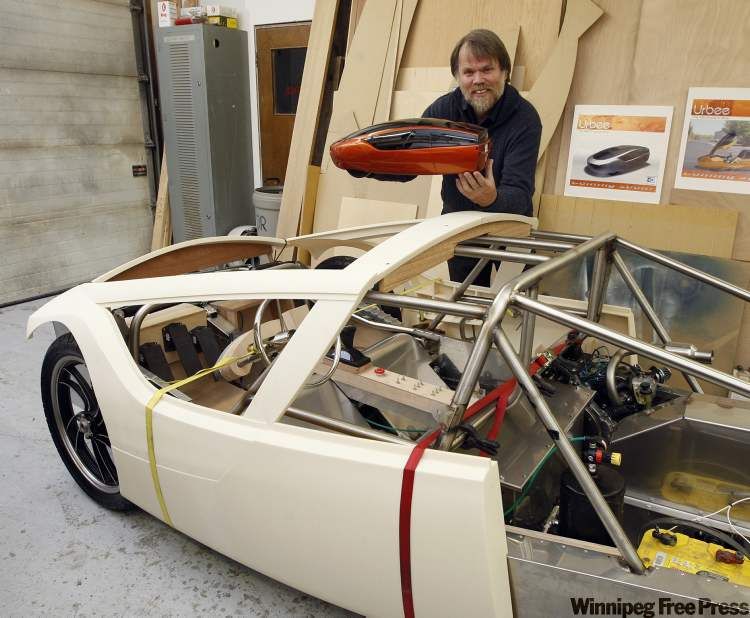
“This is about a production process,” Czinger from Peugeot informed. This isn’t just about 3D printing.”
The thing about 3D printing cars means you don’t just have to use heavy stamped metal parts; you don’t need humongous half-mile long assembly lines to produce them. Something like a warehouse on the edge of town could house enough 3D manufacturing ability to produce an entire car.
And there’s no inflexible tooling.
“The machine doesn’t care if an hour before it was making a truck, or an hour later it’s building a supercar,” Czinger beamed.
He envisions a world where there are many more car designers, easily computer-modeling whole front ends for cars and sending the data to be materialized at a local factory.
Read the original article by Clicking Here.
3D Printing News, Additive Manufacturing, Rapid Prototyping
The Divergent 3D Printed Car Is The Only Thing At CES That Promises A Future Worth Living In
I think what’s most outstanding about Divergent’s 3D printed car tech is that it envisions a future that I would want to live in.
Certainly I appreciate the electric, autonomous concepts, beta prototypes and tech demonstrators that every single other carmaker trotted out to the Consumer Electronics Show this year. But the only future they offer is one where I have to work on my commute to work and more lithium gets mined out of the more remote corners of the globe.
Divergent’s car is certainly disruptive, maybe the most disruptive car at the show, but it’s human-driven and gasoline-powered.
Well, the actual car itself, a tandem one-door/two-seater supercar called the Blade is mostly a proof of concept. It’s a badass proof of concept, sure, and it’s one that tests the company’s ability to put its tech on the road, but it seems like it’s a very bright envelope around an incredibly cool process.
I’ve seen 3D printed cars before, but they’ve always been blocky and clunky, hideous and not good at being cars. I always got the feeling that companies built them just because they could; they were never lighter, cooler, better than traditionally-manufactured vehicles.
Divergent is 3D-printing their whole cars out of metal. Aluminum and titanium frames, crash structures, suspension assemblies, the whole lot. I mean, not the carbon fiber reinforcements, and not the wheels and tires, but the rest of it.
Divergent builds the car with metal powder fused by lasers. There are no steps or clunky chunks in the design as each piece is all kind of a single gigantic weld.
The technical term is ‘sintering,’ or ‘quad-laser direct metal laser sintering’ if you want to sound extra badass. It’s melting the metal directly into a solid form.
And the shapes this process allows are extraordinary. They look completely organic. Making a part like the suspension assemblies with traditional means would require some kind of master technician milling out gigantic block of metal by hand. It would be nigh impossible on a basic level, utterly unfeasible as part of a production car.
I had initially thought that Divergent made their pieces like this to show off how weird they could make their parts shaped..jpg)
I was quickly corrected when I floated the idea at the show floor. Divergent stresses that these are the optimal shapes for the component’s strengths and loads.
They make their parts look like this not just because they can, but because there’s no lighter or stronger way to make them.
Divergent’s own hardware and software evolves its car parts. It’s like nature in car form. Of course they all end up looking like alien bird bones.
Divergent recently signed its first deal with a major car manufacturer, Peugeot. The deal went through, Divergent’s CEO Kevin Czinger explained, after Google listed Divergent as one of its favorite companies, then urged Peugeot’s CEO Carlos Tavares (the same guy who pushed Nissan into developing its colossal electric car program) to check its work out. Six months of “intensive due diligence” followed, where Peugeot basically checked all of Divergent’s work. Divergent would produce a part, and both Divergent and Peugeot test it to make sure it matched expectations in tensile strength and performance.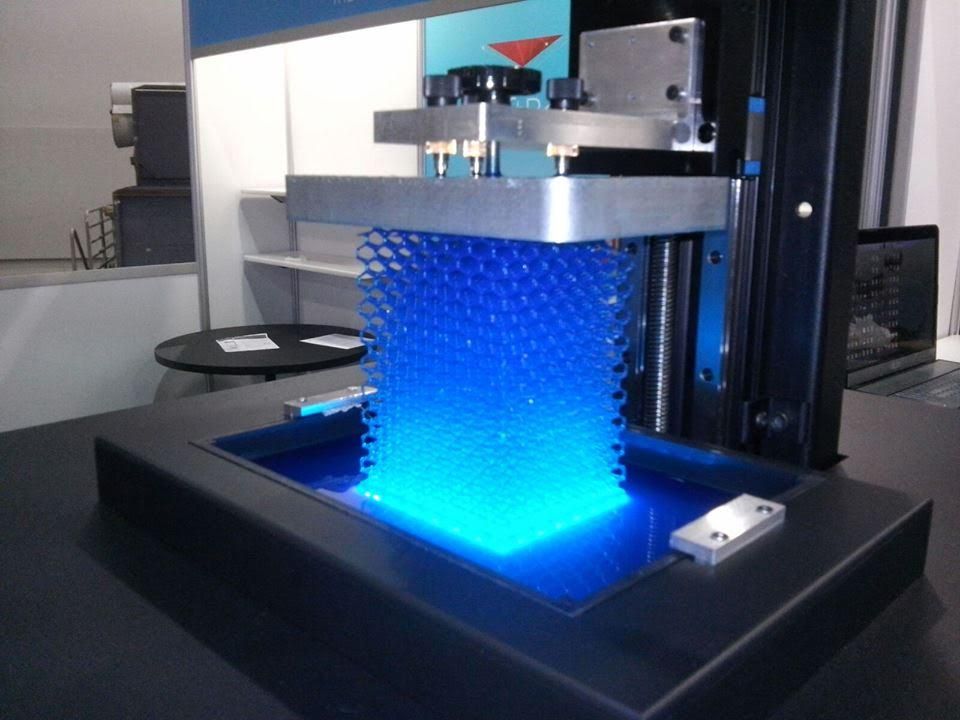
When Peugeot finally OK’d the deal, Divergent showed Peugeot how it could take a whole 200 kilos (nearly a quarter ton) out of its family hatchback 308.
That affords not only incredible gains in fuel economy and performance, but it also simply cuts down on a lot of the steel we’re trucking around the world, burning fossil fuels for production.
The weight savings came not from component versus component weights of traditional metal stamping versus 3D printing. Divergent’s methodology gave them better material properties, allowed the use of better materials in better locations and allowed better optimized designs. How pieces can be fit together is totally different when its limitations are opened up by 3D printing. Divergent wasn’t changing part by part; it was changing the whole system of the car. Today’s cars aren’t pieced together necessarily in the best way for strength or lightness; they’re pieced together in the best way given the limitations of stamping out big pieces of metal.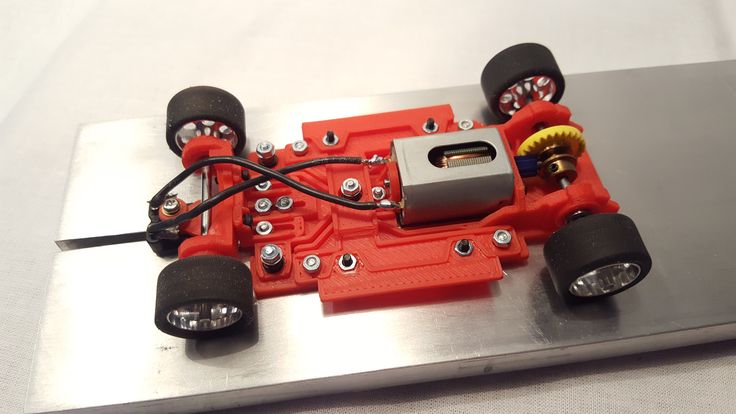 Looking at how all the pieces of Divergent’s own 3D printed design gives you a sense of how differently a car can be when you remove those limitations.
Looking at how all the pieces of Divergent’s own 3D printed design gives you a sense of how differently a car can be when you remove those limitations.
I asked Czinger about the earliest days working with Peugeot. How far along was a major OEM like that in 3D printing? Were they at a kind of step one? Step zero?
“This is about a production process,” Czinger corrected me. This isn’t just about 3D printing.”
"Đây là về một quá trình sản xuất," Czinger sửa lại cho tôi. Đây không chỉ là về in 3D. "
These are wonderful gains for the car world, but they’re not my favorite part about Divergent.
The thing about 3D printing cars means you don’t just have to use heavy stamped metal parts; you don’t need humongous half-mile long assembly lines to produce them. Something like a warehouse on the edge of town could house enough 3D manufacturing ability to produce an entire car.
And there’s no inflexible tooling.
“The machine doesn’t care if an hour before it was making a truck, or an hour later it’s building a supercar,” Czinger beamed.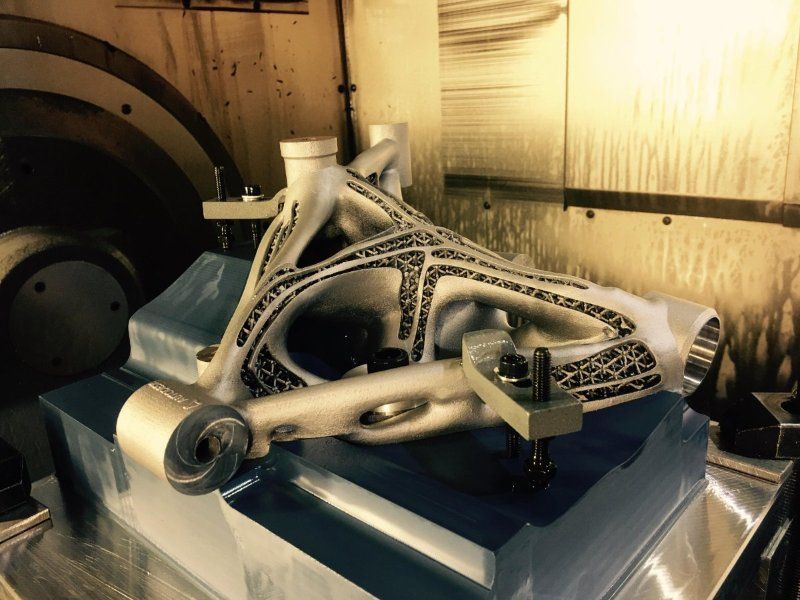
He envisions a world where there are many more car designers, easily computer-modeling whole front ends for cars and sending the data to be materialized at a local factory.
This isn’t like Henry Ford building assembly plants around the world to hammer together complete knock-down kits. This is like the kit car boom of the ‘50s, ‘60s and ‘70s, only without all of the limitations and cheesiness of having to use fiberglass. Divergent’s future isn’t sitting in traffic like today, only with the hum of gas engines replaced by electric quiet. Divergent’s future is a much richer, more diverse, more flexible, and more environmental car ecosystem. So many more designs, saving so much fuel and material and waste.
Unlike half the shit I saw at CES, I desperately want to see this vision of the future come real. Peugeot is already invested in it; I hope more car companies follow.
3DSS - Jalopnik.com
An exercise bike with a table, an eyebrow "printer", a color-changing car and other interesting announcements at CES 2023
8025 views
Joint car brand of Sony and Honda
The companies showcased the Afeela electric vehicle prototype, which will go on sale in 2026, first in the US and later in Japan and Europe.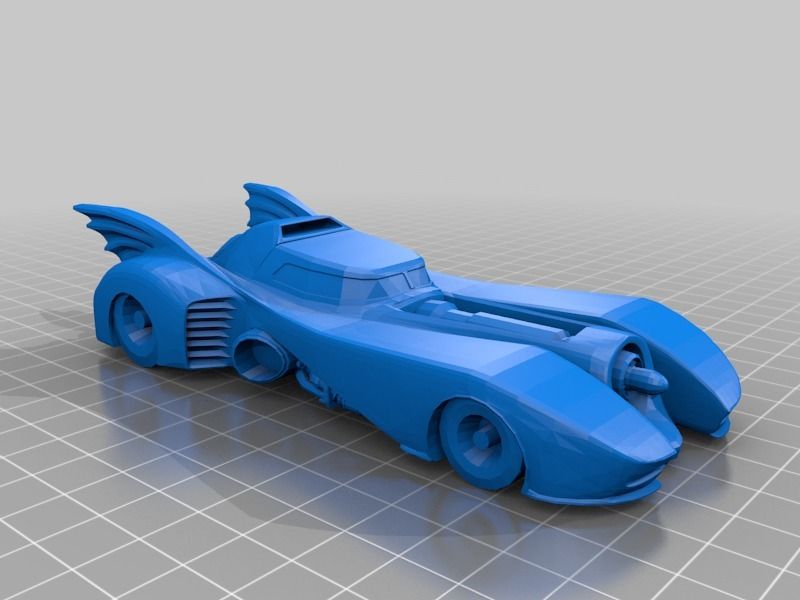
Photo The Verge
The car will use Sony developments in the field of AI, entertainment, virtual and augmented reality. Honda will be responsible for the automotive component. More than 40 sensors will be built into the body of the electric car, including cameras, lidars and radars for unmanned vehicle control.
BMW car capable of changing body color
The concept BMW introduced is called the i Vision Dee - the last part stands for Digital Emotional Experience. This is the name of the virtual assistant installed in the car. He can learn the manner of communication of the owner of the car and express emotions - including displaying projections on the side windows.
Glass in a car is also a head-up display. The driver can adjust the width of the image displayed on him: from a small strip to the entire windshield. In addition, there are no traditional instruments on the panel, but touch points are located, each of which can be configured for a specific function.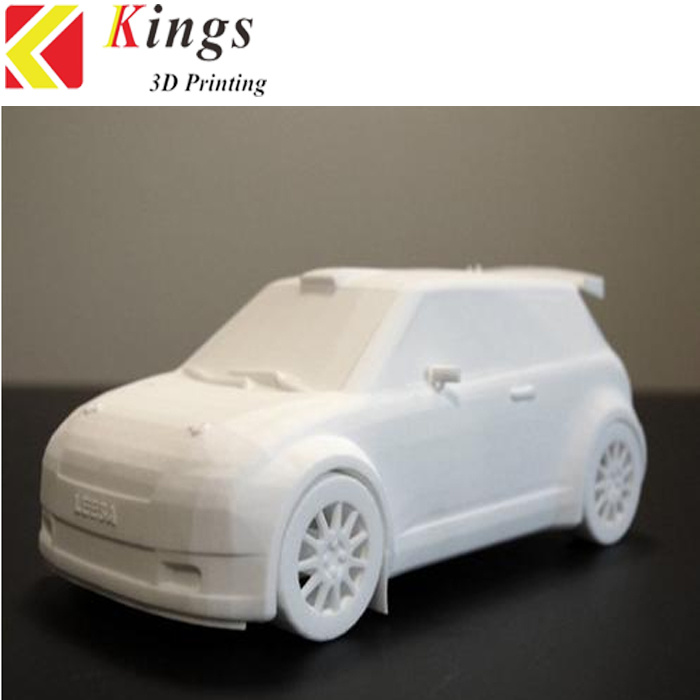
Together with the car concept, BMW showed its updated “digital ink” technology, which was first introduced in 2022 on the iX electric car. Then the car could change color in various shades from white to black. Now you can choose from 32 colors.
L'Oreal Eyebrow Printer
A cosmetics company has partnered with device maker Prinker to introduce the Brow Magic portable wireless printer.
Using a mobile application, the user scans their face and selects the desired eyebrow shape. After that, you need to apply a layer of primer - the base for makeup - and run the device over the eyebrows: the printer will apply paint using 2400 miniature nozzles. After the eyebrows, if necessary, can be erased.
Smart watch without watch
Nowatch introduced a device that does not have the usual display - instead, a semi-precious stone is located on the front. On the inside, the "watch" is equipped with sensors to track health.
The device itself does not show any data, but it connects to an iOS or Android smartphone. The application displays body temperature, pulse, stress level and other information. The cost is from $500, the watch is sold immediately with a stone. It can be replaced: there is a choice of rose quartz, malachite, lapis lazuli, amethyst - each costs $25.
Photo TechCrunch
Courier robot with automatic parcel delivery
Ottonomy's courier robot stands out from other similar robots thanks to its "smart" package delivery mechanism. Usually it must be received by a person who unlocks the robot and takes the contents.
The Yeti model does not require a human: once the robot arrives at its destination, it can push the package out the door or move it to a storage locker until the recipient comes to collect it.
Transformer bike the size of a suitcase
Incoma's Tatamal e-bike can be folded into a suitcase-sized square.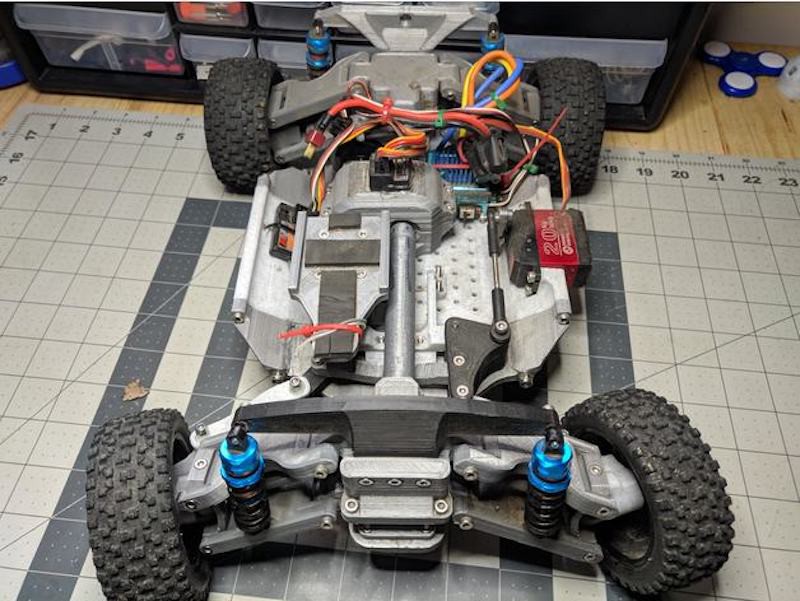 But despite its size, it is heavy enough to be carried around or transported in the trunk of a car - the device weighs about 50 kg, notes TechCrunch.
But despite its size, it is heavy enough to be carried around or transported in the trunk of a car - the device weighs about 50 kg, notes TechCrunch.
Bicycle range approx. 30 km, maximum speed 40 km/h. the cost is $4 thousand. The device can be fully charged in three hours. It is also equipped with a USB output - to recharge your phone or other equipment from it.
Smart Urine Analyzer
Smart scale and watch manufacturer Withings has unveiled the U-Scan mini lab, which can automatically analyze human urine. The device is attached to the rim of the toilet bowl and consists of two components - a reader and a replaceable cartridge.
The device distinguishes urine from waste water using a temperature sensor. One cartridge is designed for one hundred tests or approximately three months of use. The analysis results are sent to the application.
There are two types of cartridges: Cycle Sync determines the level of luteinizing hormone, pH and body hydration to assess reproductive function, Nutri Balance also measures the presence of ketone bodies and vitamin C to assess nutritional balance.
The device is planned to be sold from the second quarter of 2023 at a price of €500 - both cartridges are included. But before that, the manufacturer needs to get approval for sales from regulators.
"Bicycle table" from Acer
The company introduced the eKinekt BD 3 exercise bike, equipped with a table - you can put a laptop on it. As planned by the manufacturer, it will help office workers keep fit while working.
When the user pedals, the exercise bike converts kinetic energy into electrical charge: for example, one hour of riding at 60 rpm generates up to 75 watts. The resulting energy is used to charge equipment - for this, the tabletop has two USB-A connectors and one USB-C.
There are two modes: work and sport. In the first, you can move the table towards you to work, in the second, you can move it away so that you can bend over for an enhanced workout. In Taiwan, the exercise bike will go on sale in April, in other countries - in June.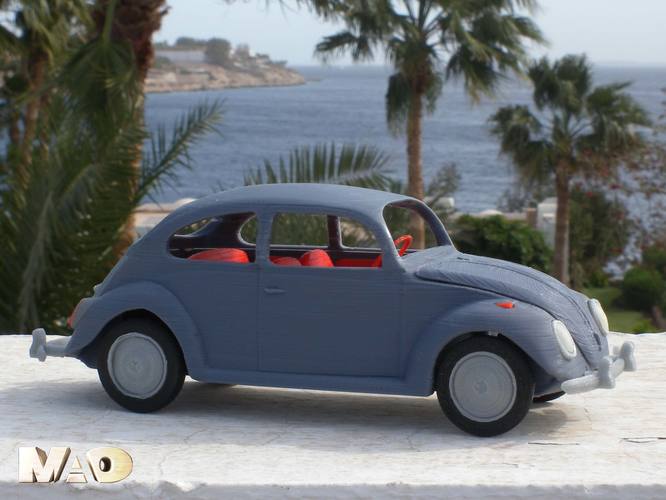 The cost is $999.
The cost is $999.
Processors from AMD
AMD introduced a series of processors for computers - Ryzen 9 7950X3D, Ryzen 9 7900X3D and Ryzen 7 7800X3D. The company called them the most powerful gaming chips in the world. They will go on sale in February, but prices are still unknown.
According to AMD internal tests, the Ryzen 7 7800X3D processor is up to 30% more powerful in games than the Ryzen 7 5800X3D, the company's previous chip with 3D V-Cache technology.
Blade 16 and Blade 18 Gaming Laptops by Razer
This is the biggest update to the Blade line, writes The Verge. Screens with a resolution of 16:10 have become taller, and the length of the "chin" - that is, the distance from the bottom of the display to the fold - is shorter.
Devices support GeForce RTX 409 graphics cards0 by Nvidia and equipped with 13th generation Intel Core HX processors. RAM is 16 GB, but it can be increased up to 64 GB. The battery capacity of Blade 16 is 95. 2 Wh, Blade 18 is 91.7 Wh.
2 Wh, Blade 18 is 91.7 Wh.
Price depends on configuration and starts from $2699.
Source: The Verge
Razer Smart Soundbar
Leviathan V2 Pro is equipped with an infrared webcam and an AI tracker that monitors the position of the user's head and helps the system adjust the 3D spatial audio accordingly.
The soundbar has RGB lighting with different effects, Bluetooth 5.0 support and a 3.5mm headphone jack. The price is from $399.
13.3" Dual OLED Transformer Notebook
Lenovo introduced the new product. The Yoga Book 9i features a 13th Gen Intel Core i7-U15 processor, Intel Iris Xe graphics, four Bowers & Wilkins speakers and Dolby Atmos surround sound technology. With two screens on, the laptop will work for about seven hours without recharging, and with one - up to 14 hours.
Should go on sale in June 2023 - starting at $2099. The kit also comes with a stylus and a stand-holder for displays.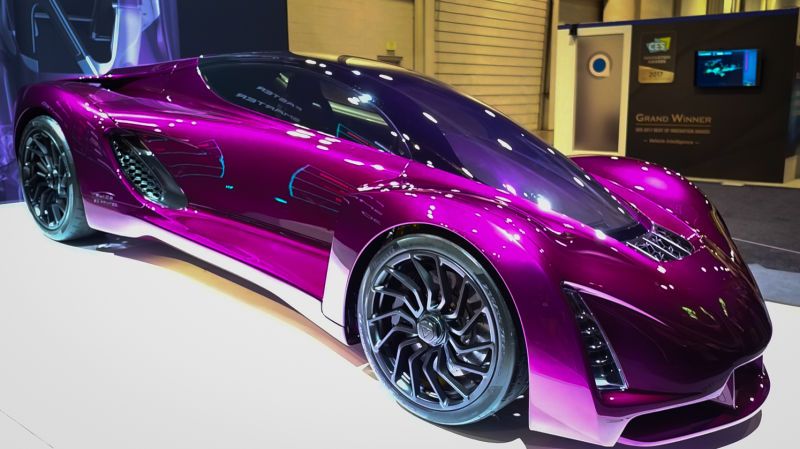
Lenovo unveils Yoga Book 9i convertible laptop with two 13.3-inch OLED displays each Editorial articles
You can stack one screen on top of another, set them up as an "open book" or use one as a display and the other as a virtual keyboard with touchpad.
Source: Lenovo
"Smart" electric stroller for children
Ella's electric motor turns on as soon as the parent grabs the handle and pushes the stroller forward. It's still not a self-driving mode, but it allows the adult to put in less effort, which is especially useful if the stroller is loaded with heavy items or being driven up an incline.
There is an autonomous driving system, but it works only if the child is not in the seat, in which case the device will ride next to the parent. If the stroller starts to roll downhill, it will be able to slow down thanks to the "smart" trackers, so as not to break away far from the parent.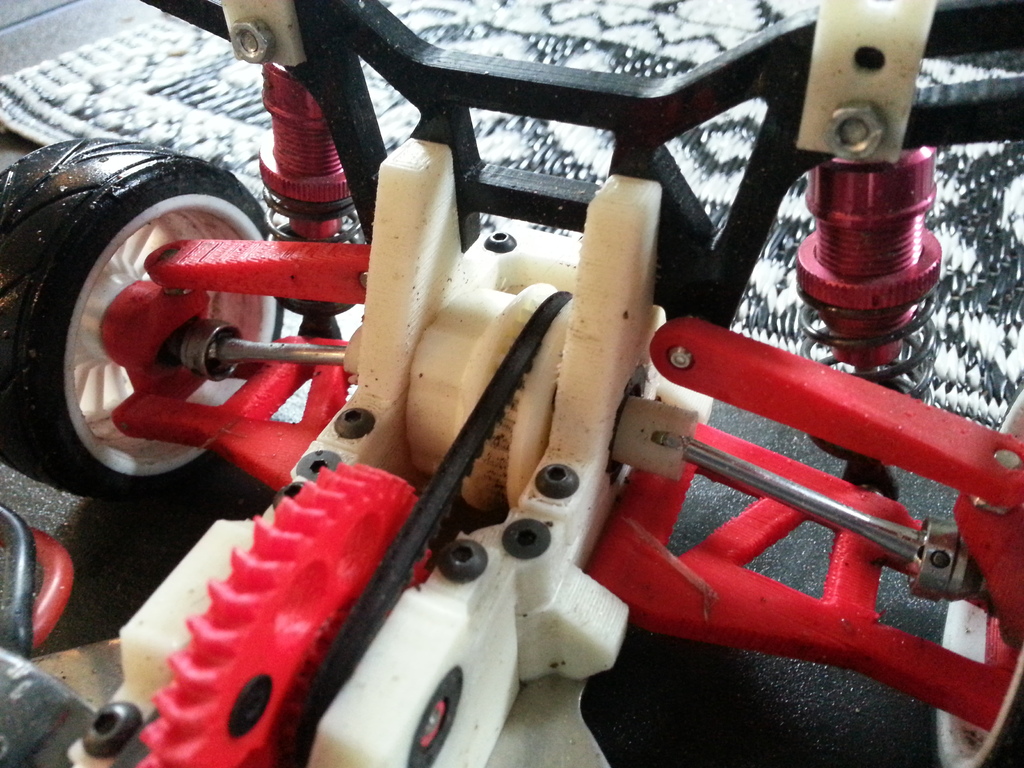 You can also ask her to rock the baby - ride back and forth by 30 cm.
You can also ask her to rock the baby - ride back and forth by 30 cm.
Canadian start-up developer GlüxKind will sell the first 100 devices after raising funds on Kickstarter for $3,800 each. They will be equipped with GPS sensors — with them, parents will be able, for example, to follow the walk of a child with a nanny.
Demo stroller
Futuristic electric car concept from Peugeot
The French manufacturer has revealed what its electric cars will look like from 2025. The company called the version of the electric sports car presented at the exhibition Inception, and took as a basis the Stellantis platform 5 m long and 1.34 m high. The model will not go on sale, but will be the starting point for future Peugeot design solutions.
The vehicle is equipped with two engines with a total capacity of 680 horsepower, which allows the car to accelerate from zero to 100 km per hour in less than three seconds.
The capacity of the 800 volt battery is 100 kWh. On a single charge, you can drive up to 800 km, and five minutes of recharging is enough for 150 km. Electricity consumption - 12.5 kW / h per 100 km.
On a single charge, you can drive up to 800 km, and five minutes of recharging is enough for 150 km. Electricity consumption - 12.5 kW / h per 100 km.
The cabin eschews the traditional "steering wheel" - instead, a rectangular Hypersquare device with a digital display inspired by video games, in particular joysticks.
Auto dial pepper spray
Startup 444 introduced the concept of an unusual pepper spray: if the owner sprays it, the system will launch an application on the smartphone and send a message through it to pre-specified numbers - along with the location.
No finished product: the company showed a prototype of 3D printed parts. But it will be an aerosol combined with a Bluetooth transmitter that can be attached to clothing or accessories. The approximate price of the future can is $35.
What exactly is shown in the photo, TechCrunch did not specify. On the right, probably a prototype printed circuit board (PCB)
Stylus that can write on paper
The MSI Pen 2 was shown by MSI.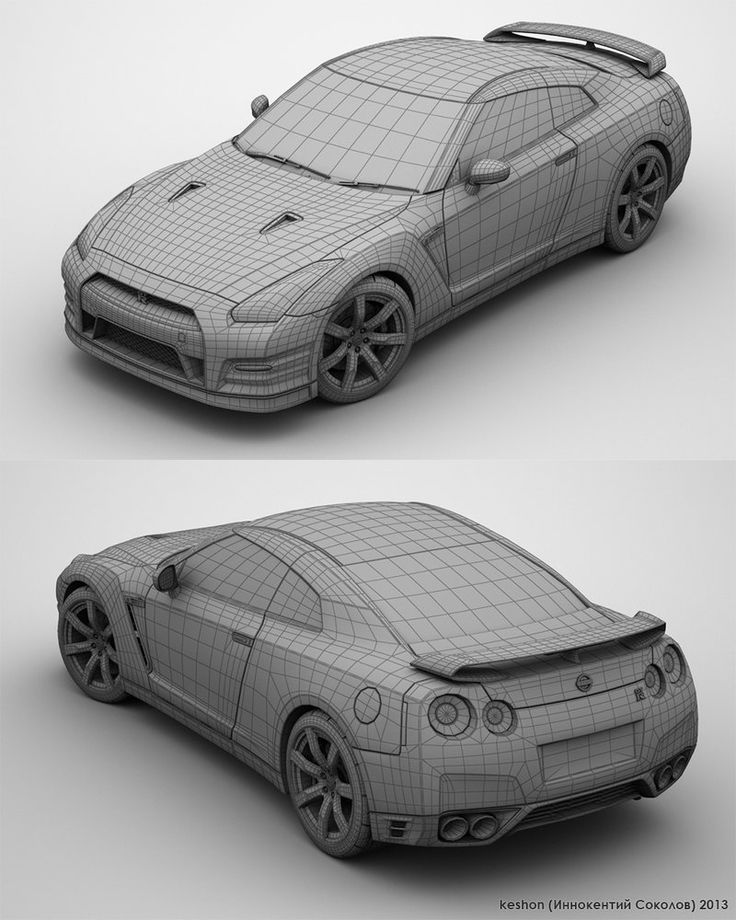 The stylus-pencil recognizes 4096 pressure levels and supports different inclinations. It works up to 32 hours on a single charge, and five minutes of recharging will be enough for him to paint for another ten hours.
The stylus-pencil recognizes 4096 pressure levels and supports different inclinations. It works up to 32 hours on a single charge, and five minutes of recharging will be enough for him to paint for another ten hours.
Graphite rods are installed in the device: several are included, and in the future they can be purchased in addition. According to the company, they are too "light and small" to damage the display or leave a mark on it.
How much the stylus pen will cost is unknown. While it comes bundled with laptops from the Creator Z series.
Augmented Reality Glasses
TCL's accessory is powered by Qualcomm's Snapdragon XR2 platform and features a MicroLED display with up to 1000 nits of brightness for better viewing in sunlight. You can put diopters in glasses, TLC has lenses, including for users with myopia and -8.2.
AR features include: simultaneous translation of spoken language into text, music playback through the arms, including silent playback, in which only the owner hears the sound. The system can also create virtual routes and tell you if points of interest are nearby. You can also set up the display of calls and messages and take a video of the view in front of you.
The system can also create virtual routes and tell you if points of interest are nearby. You can also set up the display of calls and messages and take a video of the view in front of you.
At the end of the first quarter of 2023, TCL will begin supplying RayNeo X2 accessories to developers to help accelerate the release of glasses to consumers.
A robot puppy you don't have to go out with
Toy maker WowWee unveiled Dog-E, a robotic dog that behaves differently with over 1 million combinations of sound and light effects, as well as personality traits. For some, the pet will be shy, for others it will be playful or, for example, always hungry. It also responds to touch, scratching and handling.
Through the app, you can feed him, teach him tricks, take him to a virtual veterinary clinic. There you can also give the puppy the desired characteristics and customize the colors that light up on the body and the symbols that appear on the chest, paws and in the eyes - moreover, for each individual family member.
The toy can send messages to its owners, for example, it will show on its tail an inscription that it wants to eat, play, or simply “loves” the owner. The electric dog will cost $ 80, it comes with a toy - like for a real pet.
Video review of the robot
Robot Chess - like in Harry Potter
Particula has released GoChess chess, the pieces in which move themselves and fall into place for a new game. You can play with a person over the network, or you can play with artificial intelligence. The system can save to return to the game later, and also records the moves and offers hints based on them.
The company has not yet announced the cost of chess, but in the future it will launch a fundraiser on Kickstarter. Two design options will be available: modern black and white and traditional “in wood”.
Wireless microphone for interviews and video calls
AnkerWork has announced its new AnkerWork M650 Wireless Audio Recording Kit. It includes two noise-canceling microphones, a compact receiver with an OLED screen, and a charging case.
It includes two noise-canceling microphones, a compact receiver with an OLED screen, and a charging case.
The kit provides up to 15 hours of battery life and can store up to seven hours of uncompressed audio. It will go on sale in March 2023 for $249.
Portable blender
The Apple-founded BlenderCap team has unveiled a handheld blender. It consists of a lid equipped with a powerful battery and a half-horsepower mixing mechanism, as well as a vacuum insulated bottle.
The price of the device is $129. In the future, the company plans to offer caps separately for bottles of different sizes and from third parties.
Disney voice assistant
The company introduced its own assistant, Disney's Magical Companion. It can help with simple everyday tasks (set a timer, set an alarm, provide a weather forecast), tell a story, or play a game. The assistant was developed based on Alexa Custom Assistant.
Currently available in a limited number of rooms at Disney's Polynesian Village Resor on Amazon Echo devices. But should appear in the Alexa Skills store in 2023.
But should appear in the Alexa Skills store in 2023.
Flavor Spoon
SpoonTek has introduced a spoon for people who are undergoing treatment or suffering from diseases that affect the perception of tastes.
The device is equipped with electrodes that pass current through the food to stimulate the taste buds.
Elevate the taste of your food with SpoonTEK - it has built-in electronics to enhance flavor and neutralize aftertaste. WIRED's @aso explains:
#CES2023 @GetSpoonTEK
🎥: @helladislike
Ballpoint pen with digitized notes
Nuwa has developed a smart pen with three built-in cameras and motion and pressure sensors that "transfers" handwritten notes to a mobile app. Moreover, the built-in recognition algorithms will allow you to search for any notes by keywords. The company does not manufacture its own refills and instead supports any standard D1 size ballpoint pen refills.
The device is fully charged in 15 minutes, enough for two hours of active use. It will go on sale in August 2023 - at a price of $279 apiece (with pre-order - $179). For €2.99 per month, you can also turn handwriting into typed text directly in the app.
It will go on sale in August 2023 - at a price of $279 apiece (with pre-order - $179). For €2.99 per month, you can also turn handwriting into typed text directly in the app.
Piano concept with speaker drones
Musical instrument maker Roland has teamed up with furniture company Karimoku to showcase an oak digital piano. It has 14 speakers, some of which are built into flying drones (they were not allowed to run at CES).
Drones hung on special ropes as decoration
A digital display has been placed above the keys - you can open notes on it, start a video call with a tutor, or launch a cloud music studio. The tool will not go on sale, but may become a prototype for future developments of the company.
"Flying" electric car
Startup Aska showed its eVTOL, or electric aircraft with vertical takeoff and landing. The A5 is a four-seat vehicle capable of both road and air travel. For land travel, the system will fold the wings and propellers.
One charge will be enough to cover up to 402 km. In addition to the lithium-ion battery, the electric car also has a gasoline engine - so that you can increase the range in case of emergency. The maximum speed that a helicopter car can reach is 150 miles per hour, or 241 km per hour.
The "car" will be sold to private buyers - for $789,000 apiece. By 2026, the company also expects to launch an air taxi service.
Audi 3D printers, 3D printed bike ride and anti-3D keys
News
Subscribe author
Subscribe
Don't want
1
In this issue, we cover the growing role of additive manufacturing in the production of Audi vehicles, exhaustive testing of 3D printed bikes and keys that cannot be copied using a 3D scanner.
Audi Arms with Industrial 3D Printers
Audi has partnered with EOS, a German manufacturer of industrial 3D printers for metal printing. EOS specializes in Direct Metal Powder Laser Sintering (DMLS) technology.
EOS specializes in Direct Metal Powder Laser Sintering (DMLS) technology.
Audi establishes its own additive technology center in Ingolstadt, where the company's main facilities are located - the second largest car factory in Europe, producing about half a million cars a year. According to Audi, additive technologies will be used for prototyping parts for future models, as well as manufacturing finished components for racing cars.
Keys inside out
The Swiss company Urban Alps has developed Stealth Keys with hidden mechanics. With the new development, the company intends to combat the growing threat of key duplication through 3D scanning and 3D printing.
The situation is such that many existing locks can be picked using 3D printed master keys, or rather copies of real keys obtained by 3D scanning. Attention to the problem was attracted by an incident two years ago, when a French maker posted in the public domain drawings of keys to locks used by the US Transportation Security Administration.